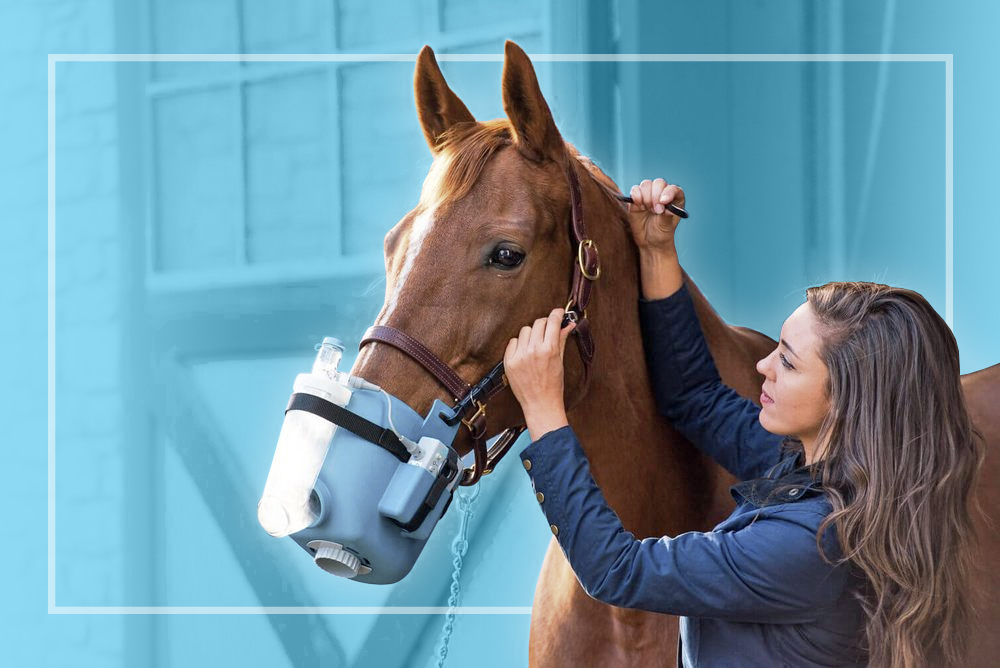What is EIPH?
EIPH, or “exercised-induced pulmonary hemorrhage,” is bleeding in the lungs during or as a result of exercise. This leads to an accumulation of blood in the support tissues in the lungs and the airways.
Researchers have long understood that the primary cause of EIPH is “pulmonary capillary stress failure” or, put simply, that the capillaries that surround the alveoli in the lungs break due to high pressure. Historically, this elevated pressure could not be prevented.
Is my horse bleeding?
EIPH affects all horses in exercise to some degree. The condition begins with red blood cells escaping from the tiny blood vessels in the lungs and into the airway, resulting in diminished performance. However, horses most negatively affected by EIPH are those who work under high intensity and speeds.
Can I prevent bleeding in my horse?
The underlying theme that determines the severity of EIPH cases is the intensity of the effort. If we can adjust exercise intensity, we are better prepared to manage bleeding in the respiratory system. This is extremely important because once a horse bleeds, it is more likely to bleed again.
Why?
The accumulation of blood in the airway and support tissue in the lungs leads to inflammation. With this, blood vessels are progressively weaker and, with each new intense effort, the bleeding worsens.
Oftentimes, the initial bleeding episodes go unnoticed. As they progress, you might notice coughing during exercise. Over time, however, it could progress to the point where there is blood in the nostrils which indicates severe EIPH. At this stage, bleeding is quite possibly career-ending for the equine athlete.
Understanding that virtually all horses bleed, even without visible symptoms, gives you the opportunity to take a proactive approach to maintain the horse’s respiratory system.
What can I do?
Scope your horse after each intense effort and consider “moisturizing” the respiratory system by nebulizing with saline solution during dry, arid and dusty conditions and during travel.
If your horse is exhibiting symptoms, consult with your veterinarian as virtually any prescribed solution can be nebulized at home.


